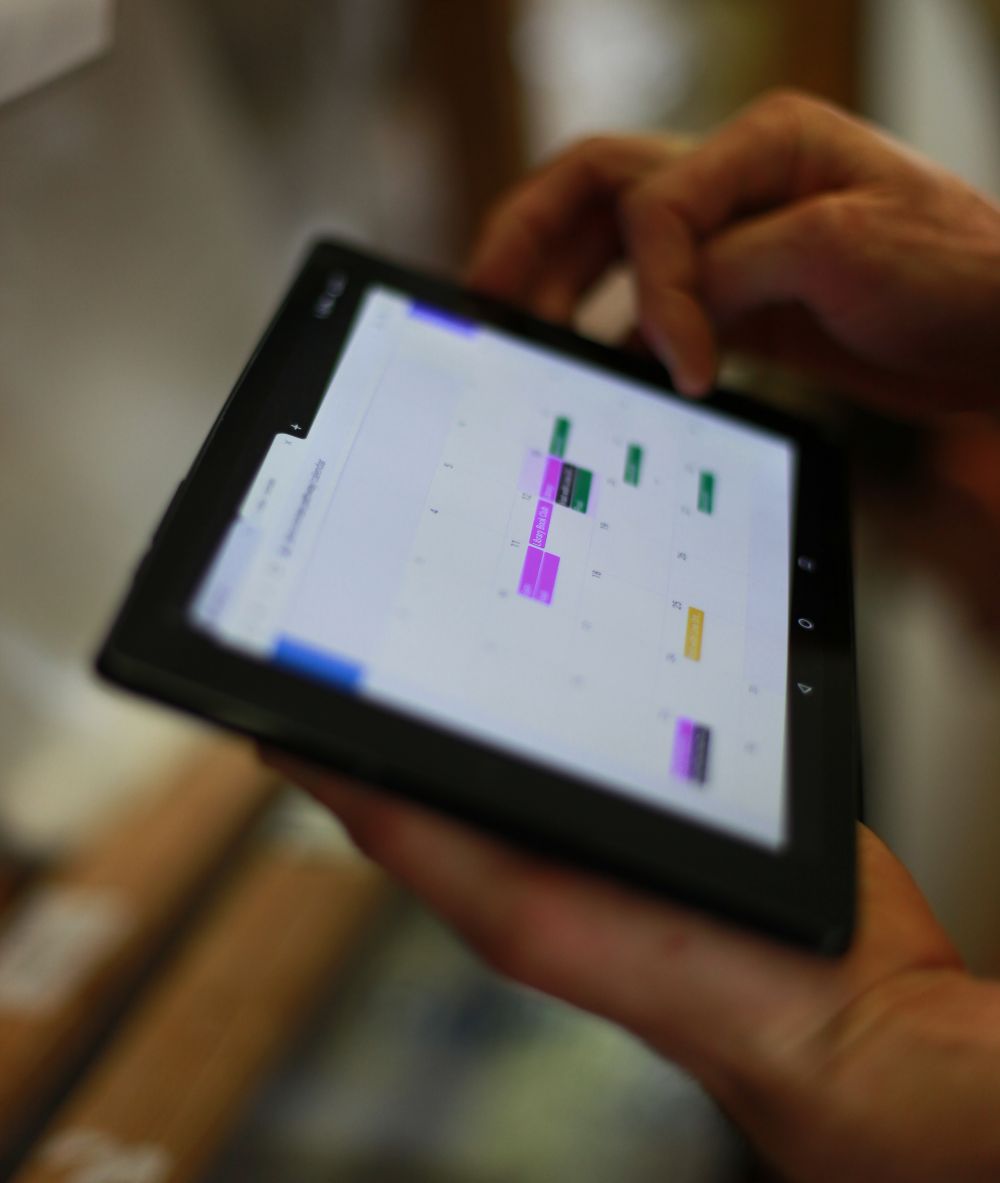
An inspiring look at the projects and contributions of leaders in the Justice sector
Welcome to the JUSTICE TRENDS // Leader Profile – Interview series, where we bring you the stories and insights of distinguished leaders in Criminal Justice worldwide.
Guest
Patricia O'Hagan
CEO, Core Systems
Patricia O’Hagan has almost 20 years of experience in corrections technology. She became Managing Director at Core Systems in 2005 and then the CEO in 2013. Under her leadership, the company has undergone a period of development and growth, with continued success.
Patricia is a renowned international speaker on Corrections Technology and has received several awards for her business and entrepreneurial achievements. She was honoured with an MBE in the 2013 New Year Honours List for her services to the Northern Ireland Economy. Patricia was also awarded The Outstanding Woman in Tech of the Year in 2022.
Core Systems is a specialized enterprise exclusively focused on developing next-generation justice and corrections technology. It has a vast global footprint by delivering effective solutions for prisons in the UK, Europe, North America and Australia. Core Systems software, Core Pathway, helps improve many people’s lives in the justice system and helps correctional services meet the requirements of a digitally transformed world.
The company has been recognized as one of the fastest-growing technology companies in Ireland, winning the Deloitte Technology Fast 50 Awards in 2005, 2006, 2007, 2008 and 2013. As of April 2023, Core Systems is now part of Multi-Health Systems Inc.

This is a multimedia interview
What drew you to the field of technology serving the prison and probation sector?
Finding purpose in the correctional space
Patricia O’Hagan: I ended up working in the corrections technology space by chance. When we were a very young company, we got the opportunity to help a friend of ours fulfil a contract with the local prison service. We were able to support them with a specific task around image processing.
Following this initial contact with the prison service, we participated and won a contract to solve a problem around prisoner identification. We implemented digital technology using image processing and touchscreens to provide a successful solution.
We got hooked after interacting with the prison environment, meeting staff, and working with them. This was immensely worthwhile and interesting work compared to the other jobs we had undertaken.
From then on, we were presented with more great challenges from our local prison service, on which we continued to bid and provide successful results. That was the start of our journey in this space.
We felt that working with prisons was immensely worthwhile and interesting work compared to the other jobs we had undertaken.
What are Core Systems’ key objectives, and what areas present the greatest opportunities for improving results in the sector?
Leveraging technology to improve outcomes
PO’H: Our mission is to improve the outcomes and experiences of people in the justice system, which we can do on many levels. Initially were committed to supporting the prisoners themselves, which we continue to do, with the end goal of reducing reoffending. However, we soon learnt that applying technology to help staff in their job is equally important. The whole system functions as a community, and we can’t achieve the best outcomes by focusing only on one side.
There are vast opportunities to improve results, particularly now that the COVID-19 pandemic has heightened awareness of how technology can improve things. For example, in probation, there is a great opportunity to transform the way services are delivered. We have seen examples of using technology for remote supervision when the offices were closed down, and the services were able to continue providing support and fulfilling their supervision function.
The biggest challenge in implementing technology is the change process within organisations.

PO’H: The system as a whole offers great opportunities for working on reducing reoffending. With so much digital data accessible – in a way that was impossible on paper-based systems – we can analyse it to identify what works and focus our efforts accordingly. Technology can also help facilitate individualised care by identifying and helping address specific needs. We transition from a service that is one size fits all to one focused on people and their individual needs.
In other areas, technology can reduce the cost of the services provided to users while freeing up time for professionals on other tasks. With AI advancements, we can now employ technology like expert bots to help people with career advice or support them with mental health issues like depression. These resources are already available in broader society, and we can adapt them for the context of corrections to provide these services in an economically viable way.
In your experience, what is essential for technological projects to succeed in prison and probation settings? What challenges have Core Systems faced in implementing digital solutions?
Aligning Purpose, Commitment, and Engagement for successful technology adoption
PO’H: The biggest challenge in implementing technology is the change process within organisations. As humans, we tend to fear change, and we will resist it. This is a common challenge in most environments. To be successful, several key issues need to be addressed.
First and foremost, the purpose of the change needs to be aligned with the needs of the business. It should show everyone why this change is necessary and what outcomes we hope to achieve. During the COVID-19 pandemic, we had two powerful examples.
In the prison sector, people were isolated and couldn’t connect with their families in the outside world. Introducing technology helped solve this problem, and everyone rallied behind it to make it work. The same occurred in probation, where technology maintained supervision meetings when the offices were closed. Everyone could see why that needed to happen.
Without staff involvement, the technology may not effectively serve those who need to use it.
PO’H: We think that alignment is crucial, followed by commitment. The senior leadership team must understand the need for change and be fully behind it. They have to support it by allocating resources, making their key people available to get involved in the project and giving them authority to make decisions to overcome challenges along the way and keep the project moving forward.
Another key step is engaging the people on the ground who will be impacted using the technology. Staff need to be involved in the solution’s design and implementation processes to contribute with their knowledge and provide input on their specific needs. Without this involvement, the technology may not effectively serve those needing it.
Things go wrong when these aspects are overlooked. For example, we have experienced cases when there wasn’t enough staff engagement, or maybe they were suspicious of the change. The result is that they don’t get involved or contribute, and they may hinder the project’s progress.
Practically, various security processes have to be considered in contexts with high-security risks, such as prisons. A lack of experience or understanding of these day-to-day processes can slow the project down, and a job expected to happen in six months could take eighteen instead.
It is important to build into the planning process simple things like having staff available to escort people around the prison or dealing with security incidents that result in lockdowns and work disruptions.
Much communication with the agency is required from the planning stage onwards. For agencies, the process should not be seen as just bringing in an expert supplier to deliver this change for them. That way, you will not get what you expect. Whereas, if they are part of the conversation and get involved, agencies will have control of the project’s direction and outcome.
Can you speak to the impact that Core Systems' solutions have had on offenders and the communities they return to?
Creating positive environments through digital solutions
PO’H: We see the impact in many ways that you may not expect. For example, when walking around a prison that has been transformed into a digital prison, the atmosphere can feel different than it was previously. Generally, we find that in a digital prison, people tend to be calmer, with an overall reduction of negative emotions. That is reflected in decreased violence, with fewer incidents among prisoners and between prisoners and staff.
We also see it in staff stress levels through indicators such as reduced sickness and unplanned leaves. In practice, we find that staff will want to transfer to prisons with digital solutions because it’s a less stressful and more welcoming environment to work in.
PO’H: In the community, we see the difference it makes to families while people are still in custody and post-release. By enabling them to stay in contact, family bonds are maintained. And because the individual is going back into a family unit where the relationships are deep and supportive, they will be better prepared for release.
Digital solutions offer individuals the ability to build digital skills, access education and self-help materials, and take advantage of information about accommodation, healthcare, and all the services they need when they return to the community. It means that when they’re released, they have a stronger position to start on their path to becoming a contributing member of that community.
There are many positive impacts. However, we have much more research to do in this area to validate our observations and create an evidence base on the specific impacts of digital solutions on people going through the justice system.
Justice and Technology Insights from Core Systems













